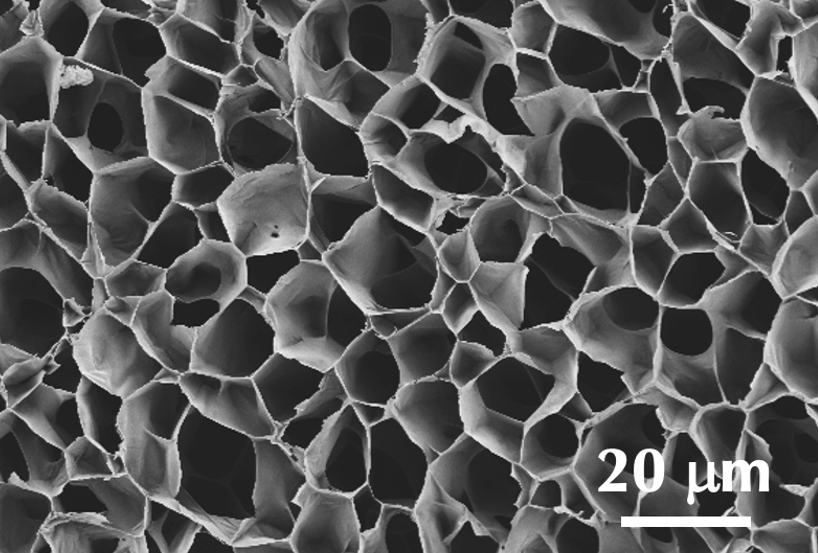This afternoon 1st year PhD student Raquel Naranjo-Alcázar will be at the 47th European Society for Artificial Organs (ESAO) Congress, presenting latest results from our HEPATOPRINT project. HEPATOPRINT is a «Retos Investigación» project funded by the Spanish National R&D and Innovation Programme. Our goal here is to develop biomimetic printable hydrogels for high-throughput hepatotoxicity studies, with colleages at Hospital LaFe of Valencia and at the University of Glasgow, UK.
Having a new in vitro system where hepatocytes can function similarly to how they behave in the native liver is a long-sought goal of tissue engineering. In our project we aim to develop a platform where drugs administered to patients can be tested to diagnose or predict a drug induced liver injury (DILI). The damage from a DILI episode can be disastrous, it can lead to acute liver failure and liver transplantation as the only option for survival.
Raquel’s talk will focus on the synthetic hydrogels that we are developping to mimic the liver extracellular matrix, their physicochemical characterisation and results with HepG2 cells.
The essential ideas that Raquel is presenting are:
- The injectable gelatin + chondroitin sulfate hydrogels developed show mechanical properties similar to liver tissue.
- More chondroitin sulfate in the gels increases the equilibrium water content and the pore size.
- Cells encapsulated in 3D gels show high viability after 2 days, with a significant functional improvement over 2D cultures. qPCR expression of relevant genes in drug detoxification is shown.

